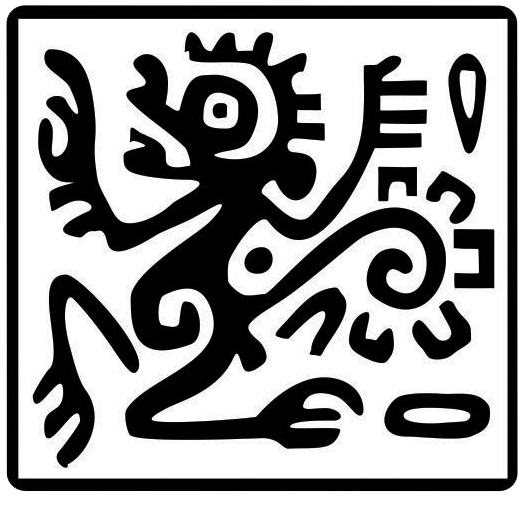New records of rodent hosts for hard ticks in tropical forests of Yucatán, México: Implications for tick-borne diseases in human-modified landscapes
Abstract
Rodents serve as reservoirs for up to 85 zoonotic diseases, some of which can be transmitted by ticks. Ticks of the Amblyomma and Ixodes genera have been recognized to be associated with 4 rodent species in the Yucatán Peninsula, México. Here, we present new records of rodents acting as hosts for ticks of these genera in tropical forests of Yucatán. Between June 2021–March 2022, Sherman traps were used for rodent capture in the Biocultural State Reserve of Puuc, Yucatán, México. Twelve quadrants with 50 traps each were established in tropical forest sites with varying levels of anthropogenic intervention. Rodents were inspected for ectoparasites, and ticks were collected using entomological forceps and preserved in 70 % ethanol. We captured 160 individuals of 6 rodent species in 5,400 trap nights. The most captured species were Heteromys gaumeri (n = 60) and Sigmodon toltecus (n = 44), while the least represented were Handleyomys rostratus (n = 1). We retrieved 492 ticks, identifying Amblyomma mixtum, parasitizing H. rostratus, H. gaumeri, and S. toltecus; Ixodes cf. Ixodes affinis parasitizing H. gaumeri and Ixodes sp. parasitizing S. toltecus. We reported, for the first time in México, H. rostratus and S. toltecus as hosts for Amblyomma mixtum. Additionally, we present the first record of Ixodes affinis parasitizing H. gaumeri and Ixodes sp. parasitizing S. toltecus in the Yucatán Peninsula. The presence of tick vectors of zoonotic pathogens among rodent reservoirs reflects a latent risk to humans and domestic animals in the region.
Copyright (c) 2024 Therya Notes

This work is licensed under a Creative Commons Attribution-NonCommercial-NoDerivatives 4.0 International License.
THERYA NOTES is based on its open access policy allowing free download of the complete contents of the magazine in digital format. It also authorizes the author to place the article in the format published by the magazine on your personal website, or in an open access repository, distribute copies of the article published in electronic or printed format that the author deems appropriate, and reuse part or whole article in own articles or future books, giving the corresponding credits. The Creative Commons CC BY-NC-SD license is used.![]()









